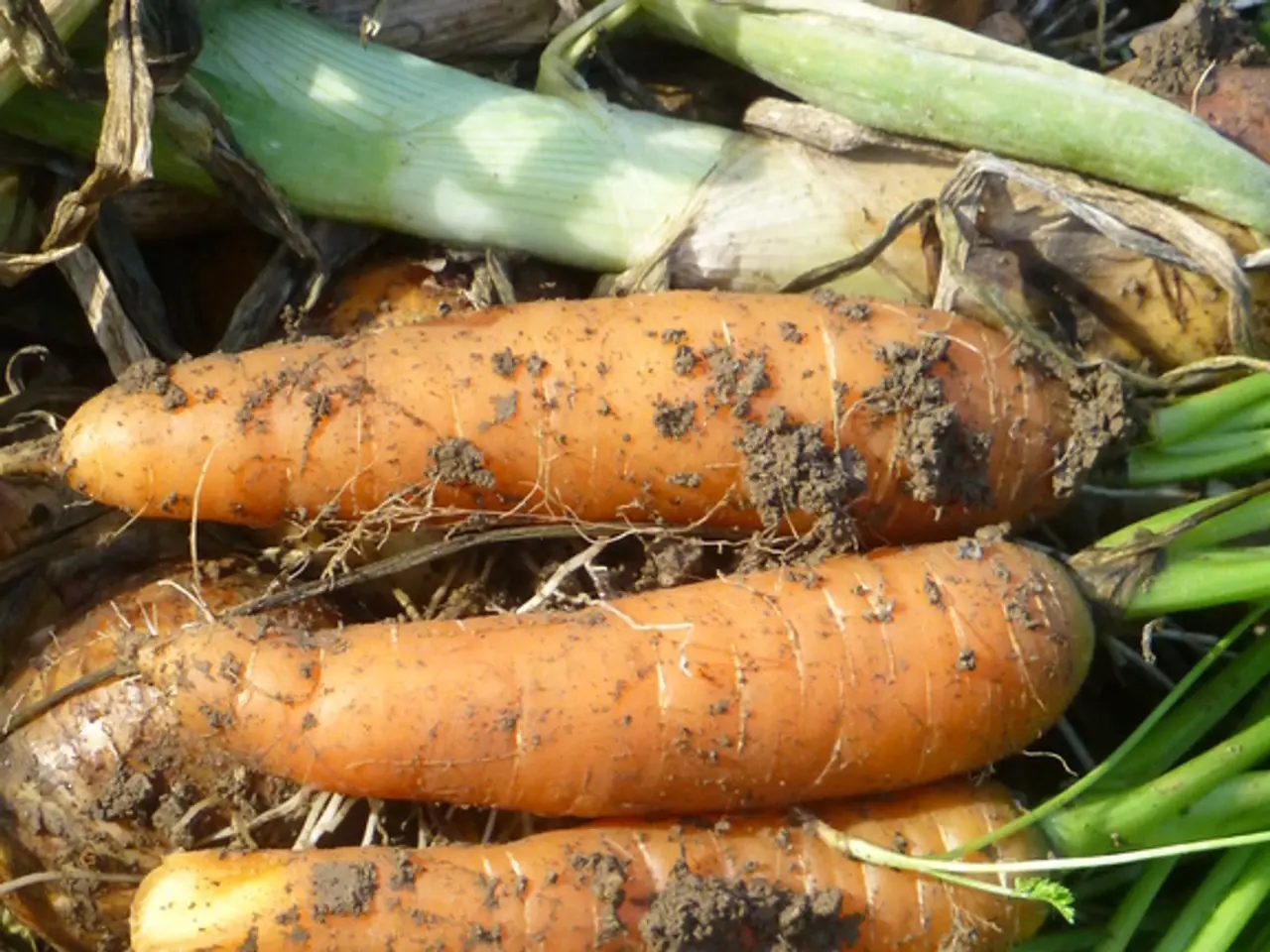Toxic Plant Info: Poison Hemlock Location and Management Strategies
Managing Poison Hemlock: A Guide for Gardeners and Nature Lovers
Poison Hemlock (Conium maculatum), a tall biennial herb, is a notorious invasive weed known for its toxicity and resemblance to common garden plants. Here's a guide on how to identify, remove, and control this dangerous plant in your garden or natural areas.
Identification
Poison Hemlock can grow up to 7-9 feet tall, with hollow, smooth stems that have distinctive purple blotches or spots. The leaves resemble parsley or carrot tops, but unlike similar-looking plants such as Queen Anne’s Lace, Poison Hemlock stems have purple spots, and the plant smells bad when crushed, rather than a carrot-like scent. It also has white flowers arranged in umbrella-like clusters called umbels.
Removal and Control
Given its extreme toxicity, it's crucial to take necessary precautions when dealing with Poison Hemlock. Always wear protective clothing, including gloves, long sleeves, long pants, eye protection, and a face covering, as its toxins can be absorbed through the skin or mucous membranes.
The most effective control is physical removal by digging up the entire root system before the plant flowers and sets seed, preferably in early spring to prevent seed spread. Regularly monitor treated areas since seeds can remain viable in soil for several years.
While herbicides can be used as an alternative for complete plant removal, be aware of potential negative impacts on soil ecosystems. No biological control methods currently exist due to the plant’s extreme toxicity.
Safety Notes
Keep children and animals away, as ingestion or contact can be fatal or cause severe poisoning. Toxicity is highest in spring leaves and fall seeds. If poisoning or ingestion is suspected, seek immediate medical or veterinary help.
Key Takeaways
Careful identification by stem spotting and scent, protective handling, early removal of roots before seeding, and cautious herbicide use are key to managing Poison Hemlock effectively. Upon close inspection, you may see purple splotches on hemlock stems, but never on carrot or parsnip stems. The tips of poison hemlock leaves are pointed while the tips of parsnip and carrot leaves are rounded.
For chemical control, spray young poison hemlock sprouts with an organic herbicide recommended by a local extension service or garden center. Remember, every part of the poison hemlock plant contains poisonous alkaloids, making it dangerous to handle without proper precautions.
In North America, Native tribes dipped their arrowheads in hemlock to ensure every hit was fatal. However, the hemlock moth, the only known biological agent for controlling poison hemlock, is expensive.
Stay vigilant in your gardens and natural areas, and with the right knowledge and precautions, you can keep Poison Hemlock at bay.
- Maintaining a health-and-wellness perspective, it's crucial to keep both children and pets away from Poison Hemlock due to its fatal or severely poisonous nature.
- In the realm of environmental-science, understanding the threats posed by invasive species like Poison Hemlock is essential for preventing their spread and ensuring the health of ecosystems, particularly in gardens and natural areas.




